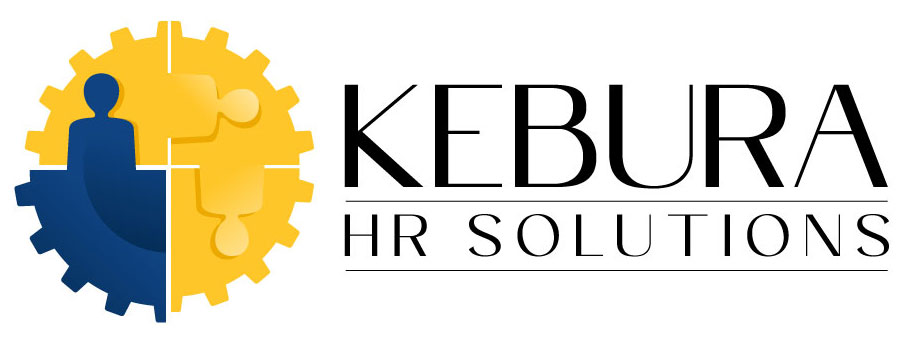The Affordable Care Act (ACA), signed into law in 2010, reshaped health insurance in the United States. For individuals, it expanded access to coverage. For employers, it created new responsibilities—especially for larger companies that provide health benefits.
Understanding the ACA is critical for compliance and for keeping employees covered.
What the ACA covers for employers
The ACA’s employer shared responsibility rules (often called the “employer mandate”) require:
-
Applicable Large Employers (ALEs)—businesses with 50 or more full-time employees (or full-time equivalents)—to offer affordable health insurance that provides minimum essential coverage.
-
The coverage must meet affordability standards, meaning employees don’t have to spend more than a set percentage of their household income on premiums (adjusted annually).
-
Employers must report coverage information to the IRS and provide forms to employees each year (Forms 1094-C and 1095-C).
Smaller employers are not required to provide health insurance under the ACA, but many do to stay competitive.
Key employee protections under the ACA
Beyond the employer mandate, the ACA also:
-
Prohibits denying coverage for pre-existing conditions
-
Allows young adults to stay on their parents’ plan until age 26
-
Requires certain preventive services to be covered at no cost to the employee
-
Sets limits on annual out-of-pocket costs for employees
Penalties for noncompliance
Employers who don’t meet ACA requirements may face:
-
“A” penalty: For not offering coverage to at least 95% of full-time employees, the IRS may impose a penalty based on the number of full-time employees (minus the first 30).
-
“B” penalty: Even if coverage is offered, penalties can apply if the plan is not affordable or does not provide minimum value, and an employee receives a premium tax credit for Marketplace coverage.
These penalties can quickly add up to tens or hundreds of thousands of dollars for larger employers.
Common mistakes employers make
-
Miscounting full-time equivalents and incorrectly assuming they’re not an ALE
-
Offering coverage that doesn’t meet the ACA’s affordability threshold
-
Missing reporting deadlines or filing incorrect IRS forms
-
Not tracking variable-hour employees consistently
-
Overlooking state-specific requirements in states with their own mandates
How to stay compliant
- Determine if you qualify as an Applicable Large Employer each year.
- Work with benefits providers to ensure your plans meet ACA affordability and minimum value standards.
- Track employee hours carefully to identify full-time status.
- File and distribute Forms 1094-C and 1095-C accurately and on time.
- Stay updated on annual IRS adjustments to affordability thresholds and penalty amounts.
How Kubera HR Solutions can help
At Kubera HR Solutions, we help employers audit benefits, track hours, and manage reporting requirements to ensure ACA compliance. We also provide training and policy reviews so you can offer competitive health benefits while avoiding costly IRS penalties.
